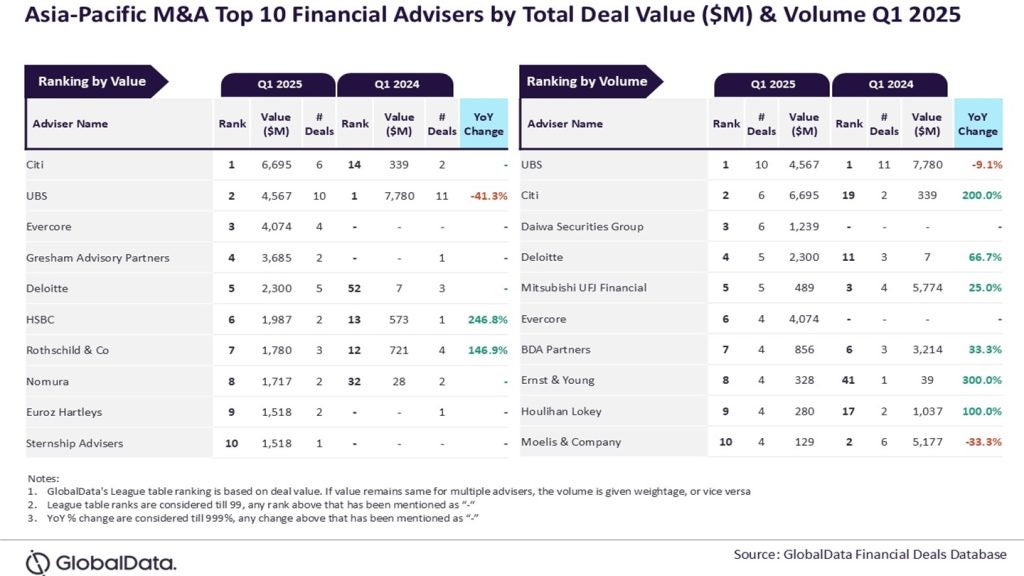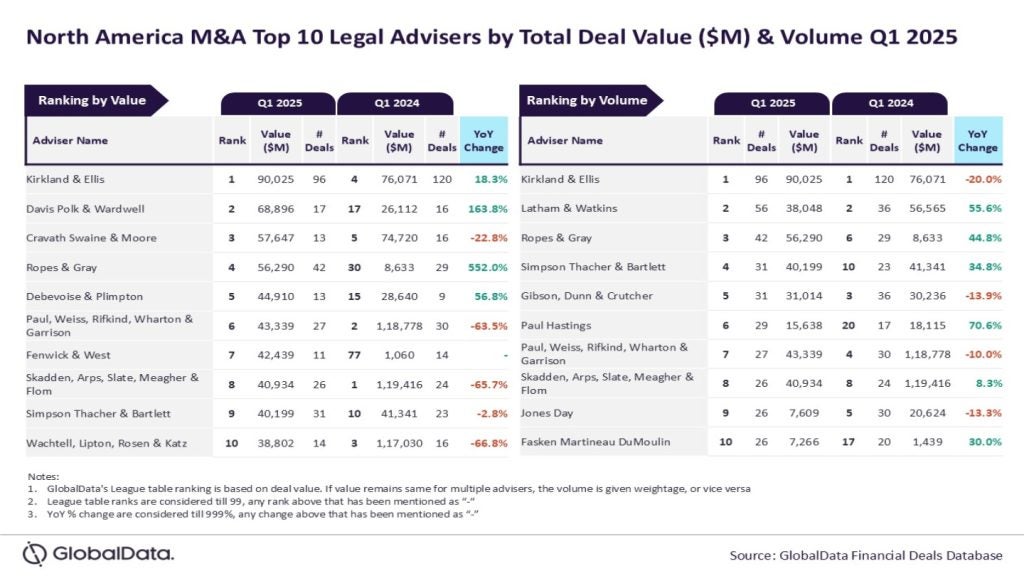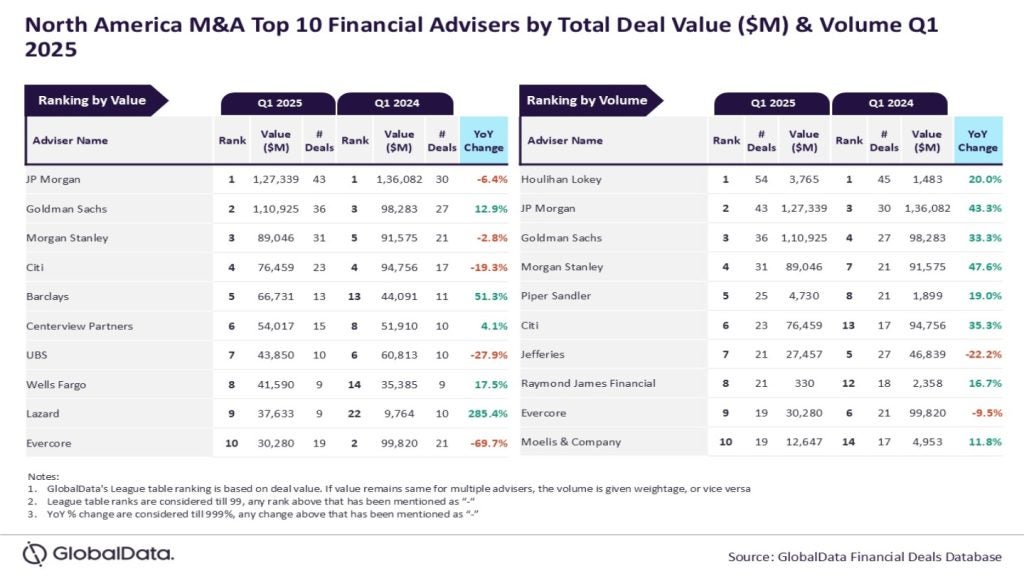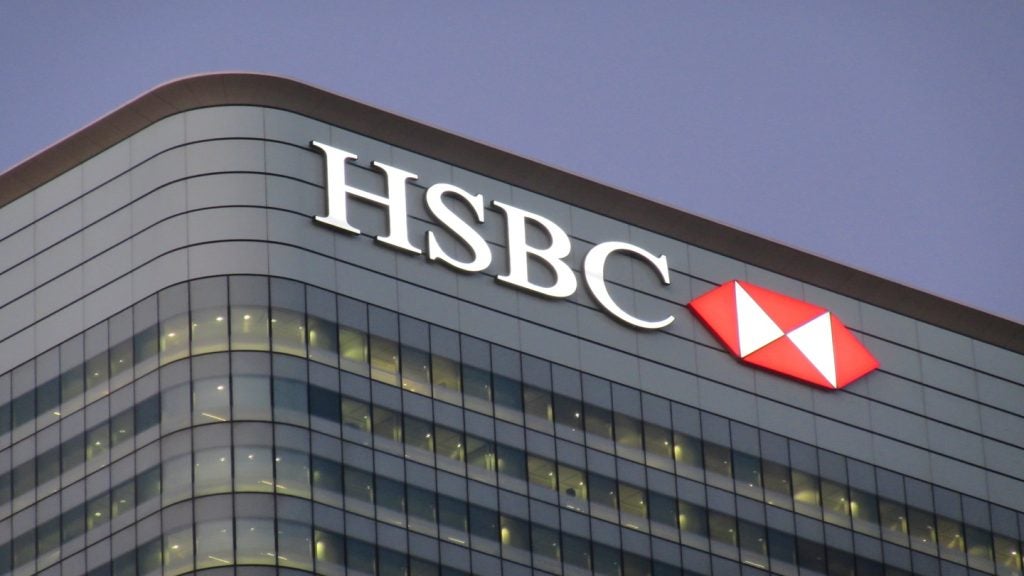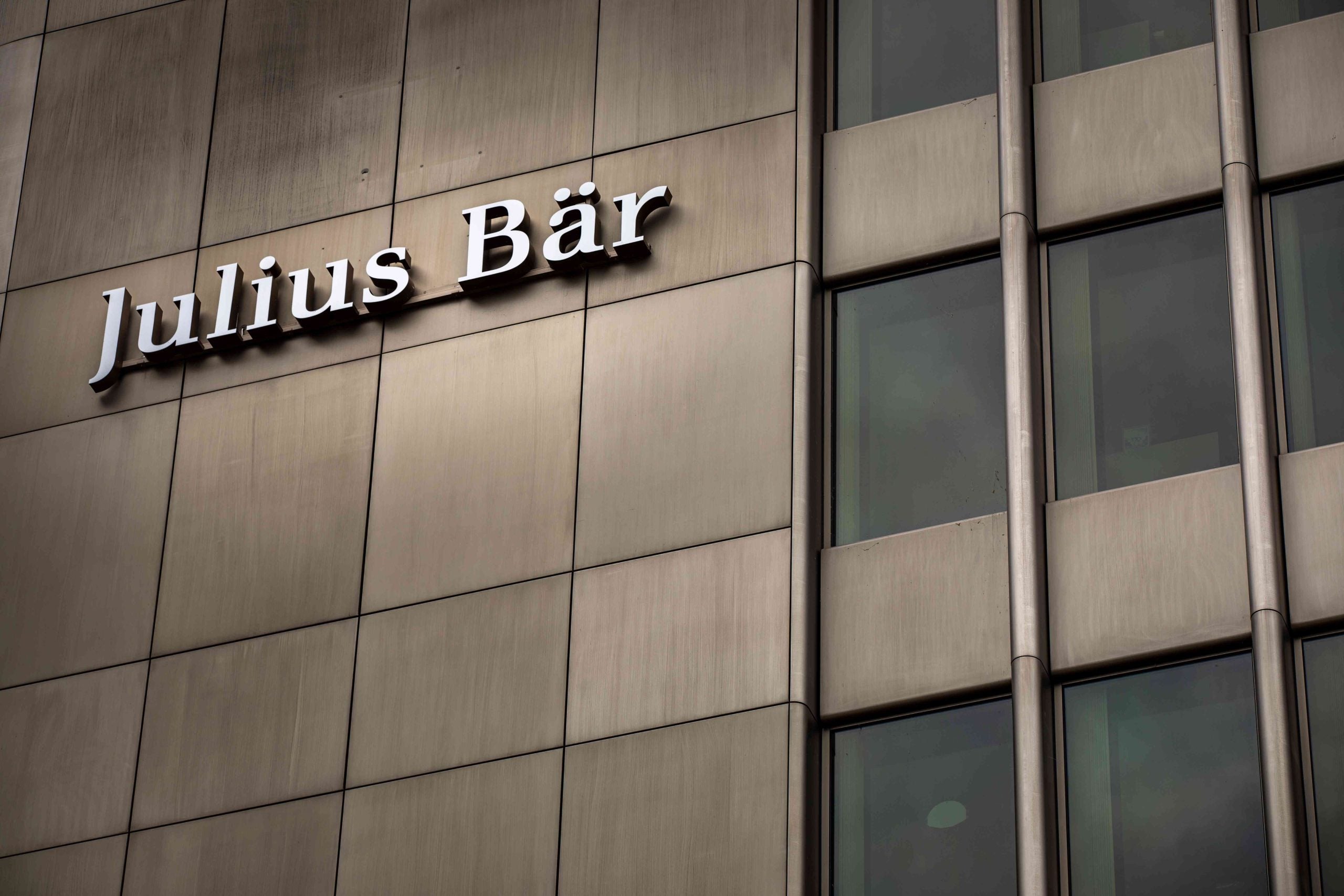
For the first time, the EMEA (Europe, Middle East, and Africa) region has emerged as the most expensive area to live well, surpassing the Asia Pacific (APAC) region, which dominated in previous years.
Amidst a challenging global backdrop, the Julius Baer Global Wealth and Lifestyle Report 2024 has been released.
The statistics for this year demonstrate that the effects of the worldwide epidemic have become the “new normal.” Globally, however, pricing and priorities are still being impacted by inflation, growing living expenses, and heightened geopolitical tensions.
Slowing inflation and regional shifts
The Julius Baer Lifestyle Index, which tracks the cost of living well across 25 global cities, reveals that price increases have slowed to an average of 4% in US dollar terms over the past year. This marks a decrease from the 6% rise seen in 2023. Goods have experienced a slightly higher price increase (5%) compared to services (4%).
This shift is largely due to significant price increases in European cities and strong regional currencies against the US dollar. London, Zurich, Milan, and Paris have all seen substantial climbs in the rankings, with London securing the third spot globally.
Why is EMEA so expensive?
EMEA: London has made a remarkable return to the podium, driven by strong economic performance and a 0.6% increase in GDP. Zurich, Milan, and Paris have also climbed the ranks significantly, reflecting strong local currencies and high demand for luxury goods and services.
APAC: Despite Singapore and Hong Kong maintaining their positions as the top two most expensive cities, the region has slipped to second place overall. Tokyo, Bangkok, and Jakarta have seen notable declines in their rankings due to local currency depreciation and fluctuating economic conditions.
The Americas: This region has fallen to the bottom of the ranking, with New York and São Paulo remaining in the top ten but other cities like Miami dropping significantly. Currency strength and local economic factors have influenced these changes.
Christian Gattiker, Head of Research, Julius Baer, commented: “This year’s report shows that currencies matter a lot. Take Tokyo as an example. This used to be the posterchild of an ultra-expensive city in the 1990s. However, the steady decline of the yen has shown how this can change. As trivial as it seems, we tend to forget that the costs of living look completely different in the eyes of a stranger – especially if that person thinks in US dollars or Swiss francs instead of the local currency. Currency and context matter.”
Lifestyle trends and future outlook
The 2024 Lifestyle Survey, part of the report, indicates a strong appetite for travel, hospitality, and luxury retail among high-net-worth individuals (HNWIs), reminiscent of the post-war booms of the 20th century.
This trend is particularly pronounced in Europe, where the demand for personal enjoyment is expected to grow. However, economic, and geopolitical uncertainties continue to make the wealthy cautious about their finances.
HNWIs’ demand for leisure travel, fine dining, and luxury hotels has surged across all regions, with APAC and the Middle East leading the growth. Health spending is gaining momentum, with APAC HNWIs focusing on healthcare investments.
Wealth creation and asset value increase are the primary financial goals, with 70% of HNWIs surveyed increasing their asset value in the past year.
Sustainability plays a greater role in investment strategies in 2024, with most HNWIs reviewing their portfolio to understand the ESG impact.
However, sustainability still plays a minor role in purchasing habits. HNWIs are prioritising health, aesthetics, and modern technology, and are taking long-term bets by acquiring property, particularly in the Middle East. Yet, encouraging sustainability integration into life and investment decisions is crucial.
In an exclusive interview with Private Banker International, Jamie Banks, head of UK wealth planning at Julius Baer International shares further insight about the report.
General trends and findings
PBI: How has the “new normal” post-pandemic influenced global inflation and living costs?
Jamie Banks (JB): Although we have settled into a ‘new normal’, inflation, rising living costs, and increased geopolitical tensions continue to impact prices and priorities in every region covered in our report. 2023 was the start of the ‘new normal’, 2024 is now showing us what the medium to long term might look like. Part of this is a significantly higher level of geopolitical instability, driven also by 2024 being one of the biggest years for elections ever. In sum, this instability is likely to have knock-on effects that feed into economics and lead to rising costs of raw materials, labour, and real estate.
PBI: What are the main reasons behind the significant price increases in EMEA that made it the most expensive region to live well in 2024?
JB: Strong exchange rates and significant price increases over the past 12 months have helped to position EMEA as this year’s most expensive region, with every single European city moving up the ranking. London’s rise to the podium comes as the UK exited its technical recession in May 2024 with a 0.6 per cent first-quarter increase in GDP and with some normalisation post-Brexit. The euro is up 4 per cent against the dollar, while the Swiss franc has risen 8%, and the British pound has recovered from the doldrums of 2022. This year’s report shows just how much currency and context matter.
PBI: What factors caused the Asia Pacific region to drop to the second most expensive region, despite having the two most expensive cities?
JB: Within the Asia Pacific region currency fluctuations have played their part. Index prices are converted to USD to allow for global comparison and elements such as the poor performance of the Japanese yen has led to Tokyo falling 8 places, together with former risers like Bangkok and Jakarta. Shanghai has fallen to 4th place after holding the top spot in 2022 and 2021 as China’s economy has struggled to reboot consumer demand post-Covid.
PBI: How have local currency strengths, such as the Euro and Swiss franc, contributed to the rise in the cost of living in EMEA cities?
JB: More than ever, this year’s report shows that currencies matter a lot. As trivial as it seems, we forget that the cost of living however well looks very different in the eyes of another, especially if that person thinks in US dollars or Swiss francs instead of the local currency. In local currencies, price rises across EMEA cities have not been notably greater than other regions, however converted into USD for comparison purposes means prices for luxury fashion and accessories increased notably.
PBI: What factors contributed to London overtaking Shanghai to become the third most expensive city?
JB: Currency aside, London’s rise in the ranking is partly the result of Shanghai’s fall. China’s biggest city was the only one in the APAC region to see average local currency prices fall in the last year, as turbulent economic conditions and lacklustre consumer demand took their toll. In contrast, demand from tourists and locals in London for fine dining, hospitality, and high-end retail, as well as high starting prices compared to other cities, led to London retaking a podium place.
PBI: How are geopolitical tensions influencing the cost of living and investment decisions globally?
JB: While geopolitical tensions and any resulting supply chain disruption have a role to play in the increased cost of living, they are having more influence on the investment decisions and financial habits of the world’s wealthy. In all regions, HNWIs have invested more in the past 12 months than in the year before and are still willing to take risks in the hope of higher rewards. This has led to an overall general increase in assets, but also greater spending in areas such as health and education – particularly across APAC – as the trend for ‘futureproofing’ noted in last year’s report continues to grow in importance.
PBI: What are the anticipated trends for travel, hospitality, and luxury retail among HNWIs in the coming year?
JB: Across all regions surveyed, HNWIs’ demand for leisure travel, fine dining and luxury hotels surged and is projected to increase further. HNWIs want to indulge themselves in a way that recalls the post-war rebounds of the early 20th century. HNWIs in APAC and the Middle East led the growth and will continue to do so in the future. Among HNWIs in the Middle East in particular, we will see a concentration on luxury goods such as clothing, watches, and residential property, whereas in Europe the thirst for fine dining and hotel accommodation will continue to grow as consumers focus on indulgent experiences.
PBI: How might ongoing economic, geopolitical, and social uncertainties affect the financial decisions and lifestyle choices of the wealthy in the future?
JB: While the lifestyle budgets of the wealthy are significant, the increased cost of living well has meant reinforcing financial structures to guarantee levels of income while indulging in discretionary spending, with economic more than geopolitical pressures having greater impact. Although at least 70% of HNWIs surveyed globally experienced an increase in the total value of their assets in the past 12 months, this growth can never be guaranteed, and only underlines the importance of robust financial planning to ride out market volatility, wherever turbulence may stem from.



